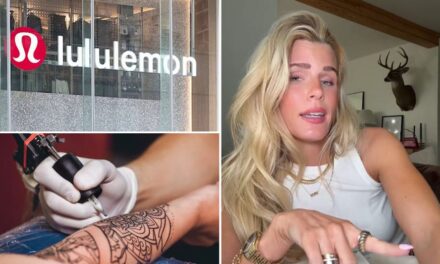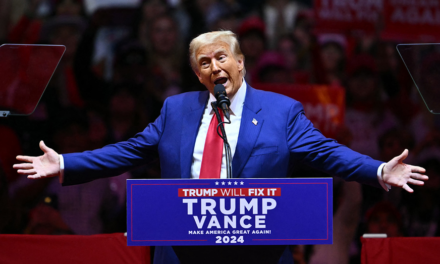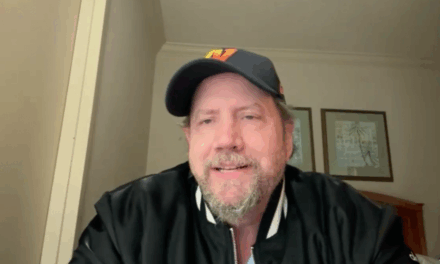In the world of political campaigns, media exposure can play a pivotal role in shaping public perception and voter sentiment. A recent analysis reveals a substantial disparity in media presence between the Trump-Vance ticket and the Harris-Walz ticket, highlighting a stark contrast in their campaign strategies.
Since last month, the Trump-Vance duo has conducted an impressive 45 interviews, making a concerted effort to reach out to diverse media outlets and connect with a wider audience. Their aggressive media strategy appears to be geared toward maintaining high visibility and ensuring their message resonates with potential voters. This persistent media blitz underscores their commitment to dominating the news cycle and staying at the forefront of public discourse.
In contrast, the Harris-Walz ticket has taken a relatively subdued approach, engaging in only eight interviews over the same period. This limited media interaction raises questions about their campaign strategy and the effectiveness of their communication efforts. Some political analysts suggest that the Harris-Walz team may be relying more on targeted, grassroots-level campaigning rather than broad media outreach. However, this approach might inadvertently result in reduced visibility and a narrower reach among the electorate.
The discrepancy in media appearances between the two tickets is notable not only for its scale but also for the potential implications it holds for the upcoming elections. Media engagement can significantly influence voter opinions, and an imbalance in exposure could tilt the scales in favor of one candidate over the other. The Trump-Vance ticket’s omnipresent media presence ensures that their campaign narratives and policy positions are relentlessly conveyed to the public, potentially garnering greater voter support.
On the other hand, the Harris-Walz ticket’s comparatively limited media presence may hinder their ability to effectively communicate their platform and connect with undecided voters. The effectiveness of their strategy will likely become clearer as the election approaches, but the current discrepancy in media engagement has sparked discussions among political experts and voters alike.
As the election season heats up, both campaigns are expected to refine their strategies and possibly recalibrate their media approaches. The Trump-Vance ticket’s proactive media blitz serves as a stark contrast to the more reserved tactics of the Harris-Walz team. Regardless of the strategy each ticket employs, the ultimate outcome will hinge on their ability to rally voter support and effectively convey their visions for the country’s future.
With media exposure playing such a crucial role in modern political campaigns, the unfolding dynamics between the Trump-Vance and Harris-Walz tickets offer a fascinating glimpse into the evolving landscape of political communication. The disparity in interview numbers underscores the varying approaches to voter engagement and sets the stage for an intriguing and competitive race ahead.
































